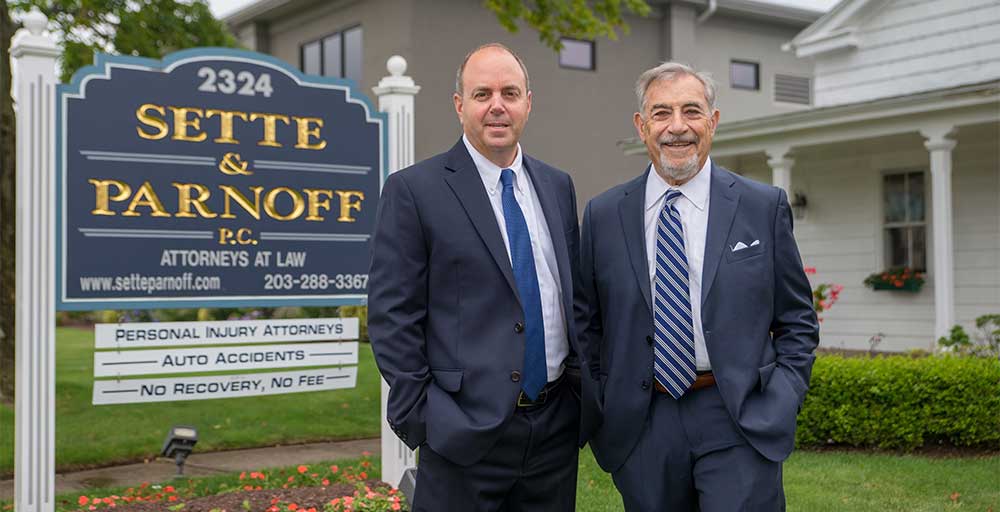Although some people are lucky enough to walk away from a car accident with little to no harm, others are left with catastrophic injuries that reshape the way they live their life. This is especially true for brain and spinal cord injury victims, who can see their mobility significantly reduced, their cognitive abilities limited, and their physical and emotional pain and suffering escalated.
New medication shows promise in treating brain injuries
While it can be hard to recover from one of these injuries, constant medical advances provide some hope. Just look at one recently developed drug known as NAP. This medication, which was recently utilized on mice, reduces the amount of inflammation in brain cells, which can then reduce the likelihood of further brain trauma and the development of several brain diseases that have been tied to traumatic brain injuries. This is significant for a number of reasons, the least of which is the fact that many of these brain diseases ultimately lead to death.
The study that utilized the medication on lab mice found that the mice who were given this medication were able to increase their physical abilities compared to those mice that received a placebo. The mice that took the medication were faster and more agile, and they were better able to remove a sticker that had been placed on their paw. Brain imaging also showed that the medicated mice had less neuron loss and other signs of brain injury compared to their non-medicated counterparts.
Keep hope alive
NAP is still in clinical trials, so it may be a while before it hits the market for brain injury victims, if it even makes it that far. However, this story is just one of several that seem to come out each month detailing the efforts and successes in advancing treatment of catastrophic injuries. Therefore, those who have suffered one of these injuries should be hopeful that new and improved treatments will be available to them in the near future.

